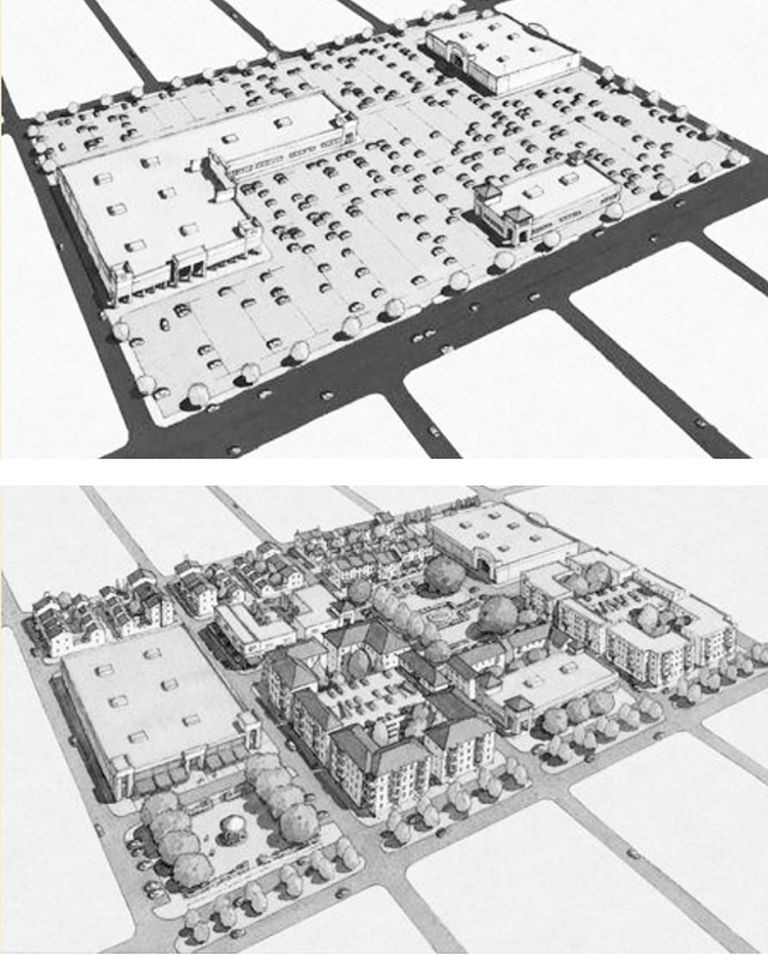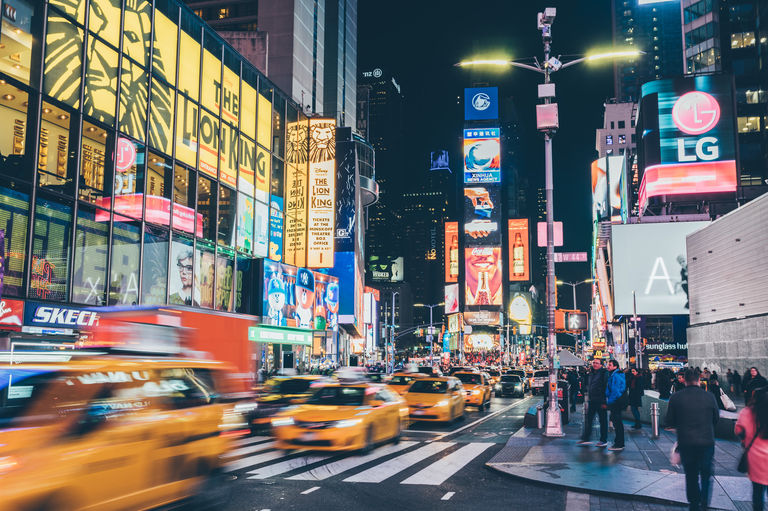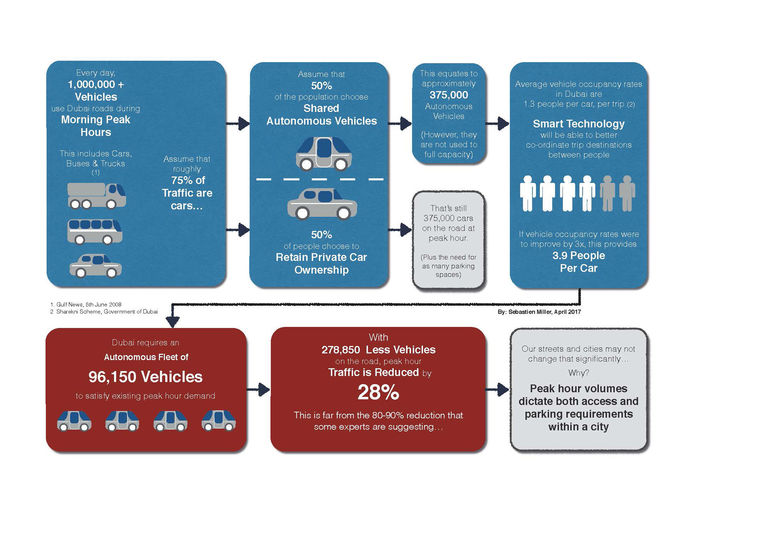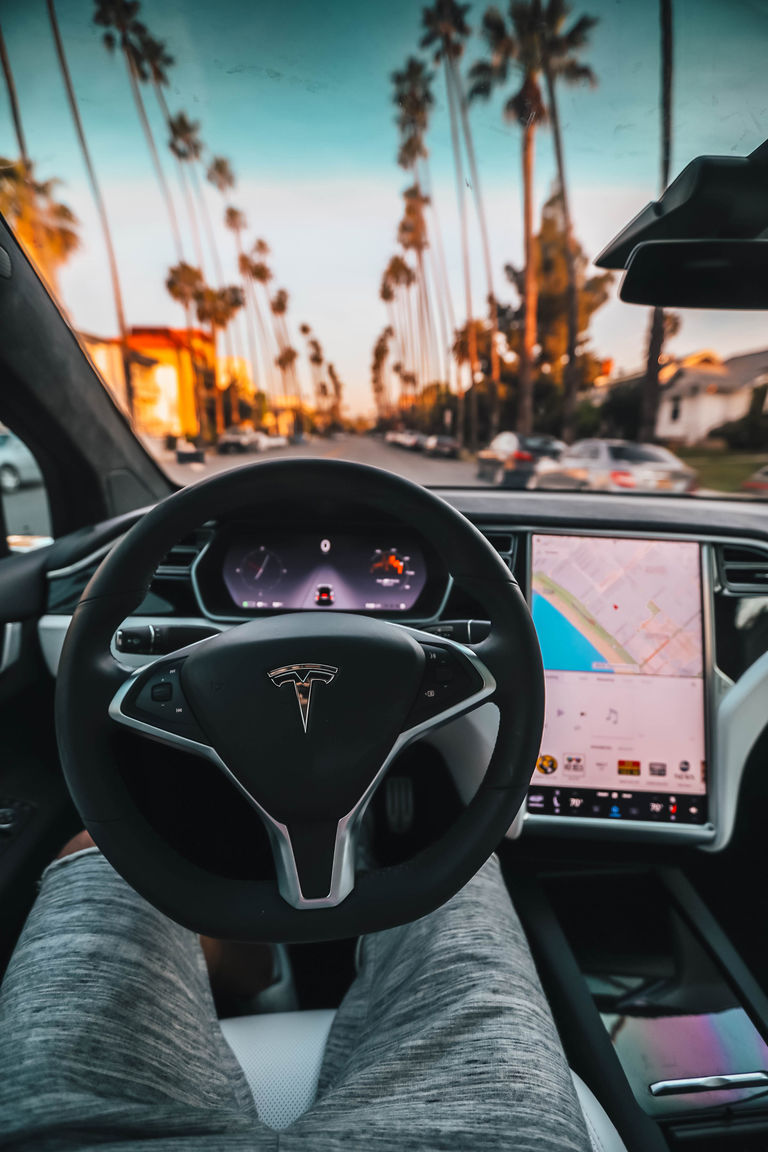The development of Autonomous Vehicles (AVs) promise to change our commuting patterns in the not too distant future. Reduced traffic volumes and congestion will allow us to do away with excess travel lanes and mass parking facilities. Given that such vehicle infrastructure takes up anywhere from 30 - 50% of urban land, this could be a blessing for cities as the amount of re-developable land increases.
For designers and city planners, it offers a potential urban renaissance, where we can make good all the missed opportunities of ill-conceived transport decisions. It could allow us to provide higher densities, more affordable inner city housing options, develop networks of linear parks for sports, recreation and commuting, as well as exploring urban farming in cities previously built on prime agricultural soils. If managed right, this may offer a new model of city living.
Are We Over Estimating the Benefits?
Some professionals cite an 80 - 90% reduction in traffic as we transition to AVs. However, the number of autonomous vehicles required within a city is not dictated by overall daily usage, but by peak usage. This is the most important point in understanding potential impacts AVs will have on commuting patterns and city forms. Taking Dubai as an example, the diagram below shows why most projections are overconfident when estimating the potential traffic reductions associated with Autonomous Vehicles.




